
Plus 2 Cents
gamer level 4
2320 xp
2320 xp
followers
16
16
Use my invite URL to register (this will give me kudos)
https://boardgaming.com/register/?invited_by=woohoocthulhu
profile badges




recent achievements

Explorer - Level 2
Earn Explorer XP to level up by completing Explorer Quests!
Earn Explorer XP to level up by completing Explorer Quests!

Rated 50 Games
Rate 50 games you have played.
Rate 50 games you have played.

I Love Playin' Games
Claim that you have played a game today by clicking the "Played Today!" button on a game page 50 times.
Claim that you have played a game today by clicking the "Played Today!" button on a game page 50 times.

Arrowhead
Explore select games by completing a series of exploration actions. learn more »
Explore select games by completing a series of exploration actions. learn more »
Player Stats
Critic (lvl 2)
500 xp
500 xp
Explorer (lvl 2)
311 xp
311 xp
Professor (lvl 1)
134 xp
134 xp
Reporter (lvl 0)
82 xp
82 xp
About Me
The "Avid Gamer" type pretty much sums up how I feel about tabletop gaming - be it board, roleplaying, miniatures or otherwise. I'm also very social when it comes to games. If I find something I like, I want to share it with people I like.
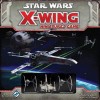
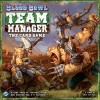
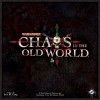



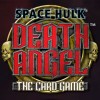












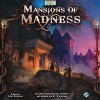

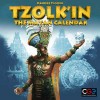
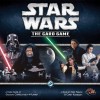






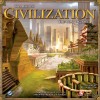


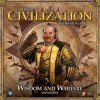
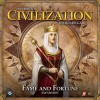


















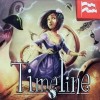

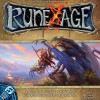


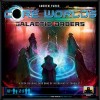





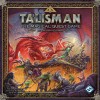

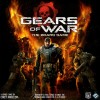



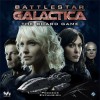
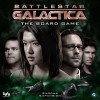

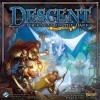





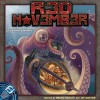



King of Tokyo
My love for kaiju movies and the giant monster genre in general can be likened to Godzilla himself – large, menacing and when it decides to surface, it will take the combined force of several other monsters and a few potshots by the Japanese military to bring it down. As such, King of Tokyo was a big hit with me and here’s why…
Components: Despite being a dice game, King of Tokyo has an impressive array of components. The dice themselves are large, solid and just plain fun to roll. They hit the table with a satisfying clatter and have easy to read symbols. It’s hard to explain with mere words just how amazing these cubes are. Each player will also get to choose a monster standee and matching score tracker. These are simple, sturdy cardboard and the artwork is bright and vivid. The cards used for various monster upgrades and special abilities have got some great artwork on them and are printed on good stock with a nice satin finish. I’d recommend sleeving them, but then they won’t fit in the box insert (always a bummer). Finally, the game has a board to denote which monster is in Tokyo (more on that later). It’s small and simple, but is on par with the other components as far as quality.
Gameplay: King of Tokyo is a filler game through and through. It sets up, plays and breaks down very quickly. Players take turns rolling the six base dice and matching up symbols to gain different effects. You can attack other monsters, heal damage that’s been done to you, gather energy (which is used to buy cards) or score victory points. You get three throws of the dice in a turn and can keep whichever dice suit your needs between throws – will you try and wrack up as many victory points as possible or will you pummel the arrogant giant ape that’s currently occupying Tokyo? There is a surprising amount of depth here for so random a game. The different combinations you can get may allow you to go for one big victory point rush in a single turn or give you the opportunity to gain a little energy, heal your monster and do a little damage. Like any dice game, it’s hard to plan your turn in advance, but I’ve yet to feel like I’ve been cheated by the dice.
Rules: King of Tokyo has a simple, full-color rules insert that is mostly easy to understand. The game has a few quirks (mostly concerning the scoring of victory points). Once you’ve got a game under your belt, however, you should be good to go. Pick up the dice, roll them, choose which ones you want to keep, roll the rest and repeat. At the end of your three rolls, you compare your dice results and score victory points, damage opponents and gain energy accordingly. At the end of your turn, you can spend any energy you’ve gained on upgrade cards that will do anything from giving you an extra head (which allows you to add one of the green bonus dice to your rolls) to forcing you to fight the military and sacrifice health for points. Possibly my favorite mechanic is the press-your-luck decision of entering Tokyo. If the Tokyo space on the game board is empty and you roll one of the damage icons, you enter Tokyo. While in the city, you gain extra points at the beginning of each turn and any subsequent damage rolls you make are directed against all of your opponents. The flip side to this is that only one monster can be the King of Tokyo, so any damage rolls your opponents make are directed against you and can not be healed.. If you take damage, you can choose to leave Tokyo, but you then sacrifice the bonus victory points. It can be risky, but so far I have seen many a game won by a lone monster taking on all comers and finishing strong atop the smoking rubble that was once a Japanese metropolis.
Overall: King of Tokyo was a game that I bought based on a brief description and a few promotional shots of the box art. I am a huge Japanese monster movie fan, so this was a no brainer, however unlike some other games, KoT really delivers on solid gameplay and integrates the theme very well. There is currently an expansion out (KoT: Power Up!) to differentiate the monsters and the game delivers on that feeling of giant kaiju clashing in the middle of a city filled with terrified, poorly dubbed humans. What more could you want?